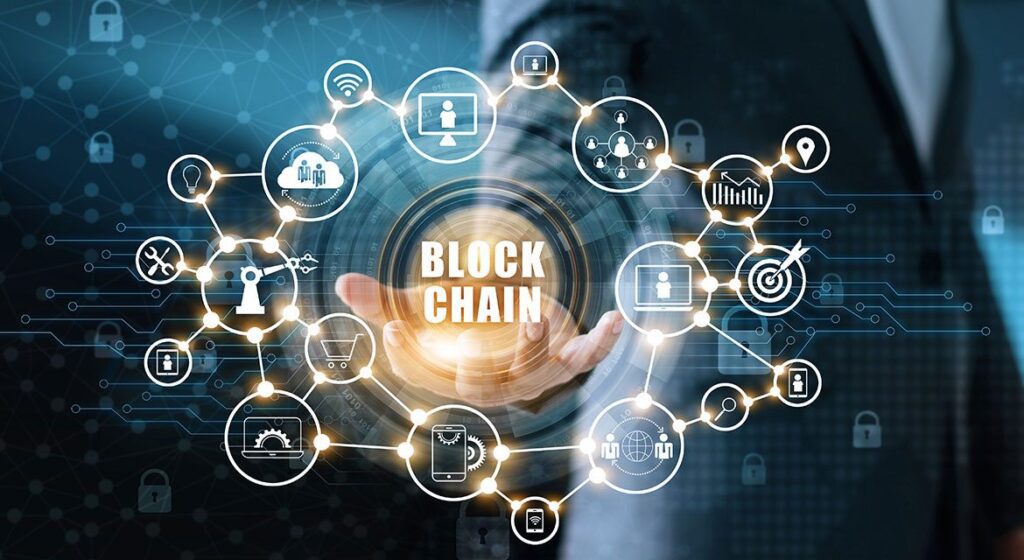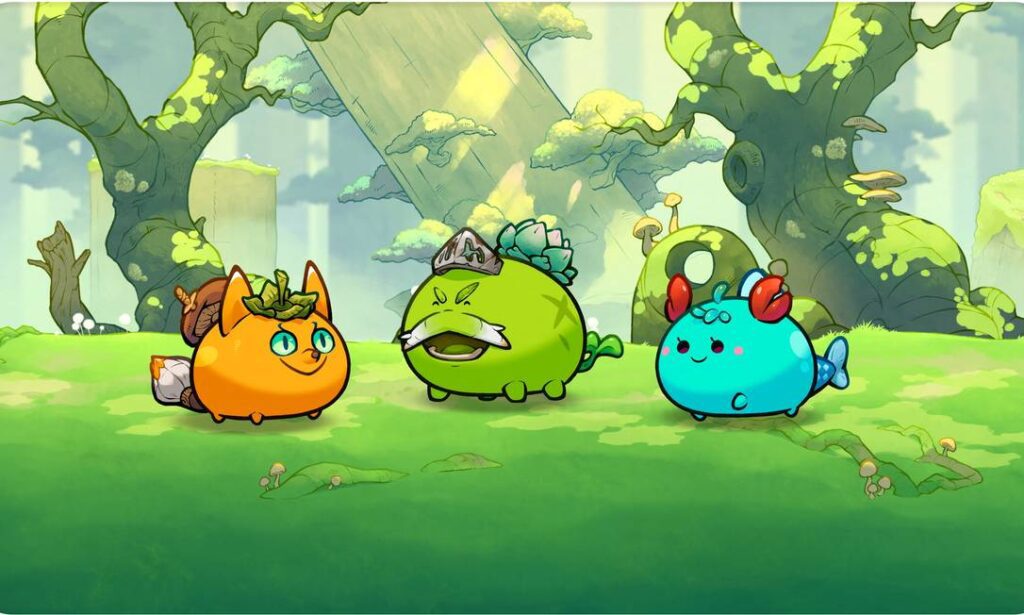Blockchain Game Development: A Comprehensive Overview for Modern Gamers
In recent years, the gaming industry has witnessed a paradigm shift with the advent of blockchain technology. This innovative approach not only enhances the gaming experience but also introduces new economic models and ownership paradigms. This article delves into the intricacies of blockchain game development, exploring its architecture, benefits, challenges, and real-world applications.

The gaming industry evolves with the innovation and benefits of blockchain.
Understanding Blockchain Technology in Gaming
Blockchain is a decentralized ledger technology that enables secure, transparent, and tamper-proof transactions. In the context of gaming, it allows for the creation of digital assets that players can truly own, trade, and utilize across various platforms. The core components of blockchain technology include:
1. Decentralization
Unlike traditional gaming systems that rely on centralized servers, blockchain games operate on a distributed network. This decentralization ensures that no single entity has control over the game, fostering a fairer environment for players.
2. Smart Contracts
Smart contracts are self-executing contracts with the terms of the agreement directly written into code. In gaming, they automate transactions and enforce rules without the need for intermediaries. For instance, in a blockchain-based game, a smart contract can automatically transfer ownership of an in-game asset when a player completes a specific action.
3. Non-Fungible Tokens (NFTs)
NFTs are unique digital assets that represent ownership of a specific item or piece of content on the blockchain. In gaming, NFTs can represent characters, skins, weapons, and even virtual real estate. The uniqueness and scarcity of NFTs create a new layer of value for players.
The Benefits of Blockchain in Game Development
Integrating blockchain technology into game development offers several advantages:
1. True Ownership
Players can truly own their in-game assets, as these assets are stored on the blockchain. This ownership allows players to trade, sell, or transfer their assets freely, creating a player-driven economy. According to a report by NonFungible.com, the NFT gaming market generated over $4 billion in sales in 2021, highlighting the demand for true ownership in gaming.
2. Enhanced Security
Blockchain’s cryptographic nature ensures that in-game assets are secure from hacks and fraud. Players can have confidence that their investments in digital assets are protected, which is a significant concern in traditional gaming environments.
3. Interoperability
Blockchain technology allows for interoperability between different games and platforms. Players can use their assets across various games, enhancing the overall gaming experience. For example, a sword earned in one game could be used in another, creating a seamless transition between different gaming worlds.
Challenges in Blockchain Game Development
Despite its numerous benefits, blockchain game development is not without challenges:
1. Scalability Issues
Many blockchain networks face scalability challenges, which can lead to slow transaction times and high fees during peak usage. For instance, Ethereum, one of the most popular platforms for blockchain games, has experienced congestion issues, resulting in transaction fees skyrocketing to over $100 during high-demand periods (source: Ethereum Gas Tracker, 2021).
2. User Experience
The integration of blockchain can complicate the user experience. Players may need to understand cryptocurrency wallets, gas fees, and other blockchain-specific concepts, which can deter non-technical users. Game developers must prioritize user-friendly interfaces to bridge this gap.
3. Regulatory Concerns
The regulatory landscape surrounding blockchain and cryptocurrencies is still evolving. Game developers must navigate complex legal frameworks to ensure compliance, particularly concerning the sale and trade of NFTs. This uncertainty can hinder investment and innovation in the space.
Real-World Examples of Blockchain Games
Several blockchain games have successfully integrated these technologies, showcasing their potential:
1. Axie Infinity
Axie Infinity is a blockchain-based game that allows players to collect, breed, and battle fantasy creatures called Axies. Each Axie is an NFT, giving players true ownership of their assets. The game has seen explosive growth, with over 2.5 million daily active users and generating over $1 billion in revenue in 2021 (source: DappRadar, 2021).

Axie Infinity: Where Players Own Digital Creatures and Generate Value.
2. Decentraland
Decentraland is a virtual reality platform powered by the Ethereum blockchain, where users can create, experience, and monetize content and applications. Users can buy virtual land as NFTs, which they can develop and trade. The platform has attracted significant investment, with virtual land sales reaching over $100 million in 2021 (source: NonFungible.com, 2021).
3. The Sandbox
The Sandbox is a decentralized gaming platform that allows players to create, own, and monetize their gaming experiences. Players can buy land, create games, and trade assets as NFTs. The Sandbox raised $93 million in a funding round in 2021, highlighting the growing interest in blockchain gaming (source: The Sandbox Press Release, 2021).
The Future of Blockchain Game Development
The future of blockchain game development looks promising, with several trends emerging:
1. Increased Adoption of NFTs
As players become more familiar with blockchain technology, the demand for NFTs in gaming is expected to rise. Developers will likely explore innovative ways to integrate NFTs into gameplay, enhancing player engagement and monetization opportunities.
2. Cross-Platform Play
The concept of cross-platform play will gain traction as developers seek to create interconnected gaming ecosystems. Players will be able to use their assets across multiple games, fostering a sense of community and collaboration.
3. Enhanced User Experience
To attract a broader audience, developers will focus on simplifying the onboarding process for new players. This includes creating intuitive interfaces, educational resources, and seamless wallet integrations to make blockchain gaming accessible to everyone.
Conclusion
Blockchain game development represents a significant evolution in the gaming industry, offering players true ownership, enhanced security, and new economic models. While challenges such as scalability and user experience remain, the potential for innovation is immense. As the industry continues to grow, developers must adapt to the changing landscape and prioritize player engagement. The future of gaming is undoubtedly intertwined with blockchain technology, paving the way for a more decentralized and player-centric gaming experience.

